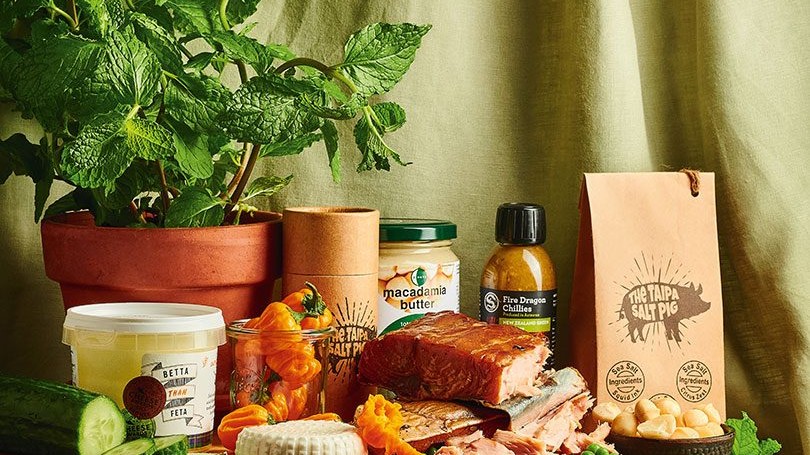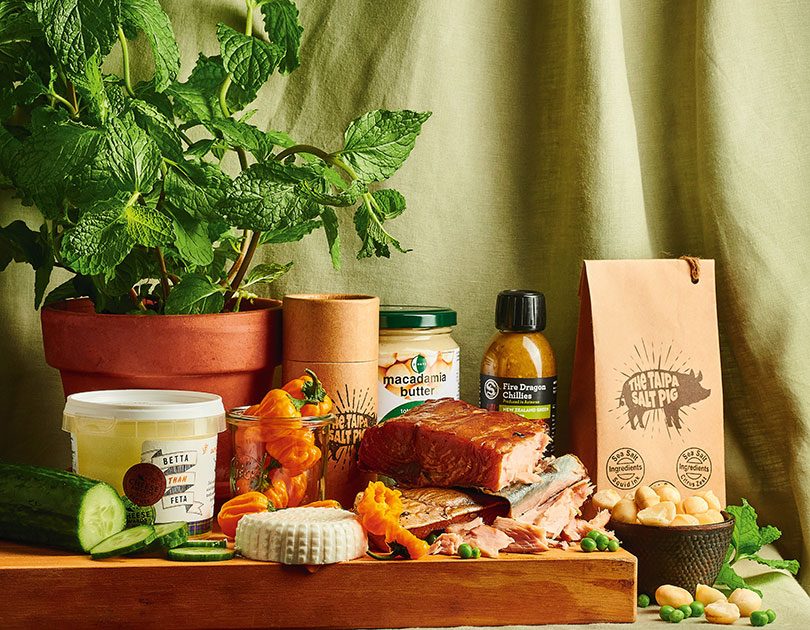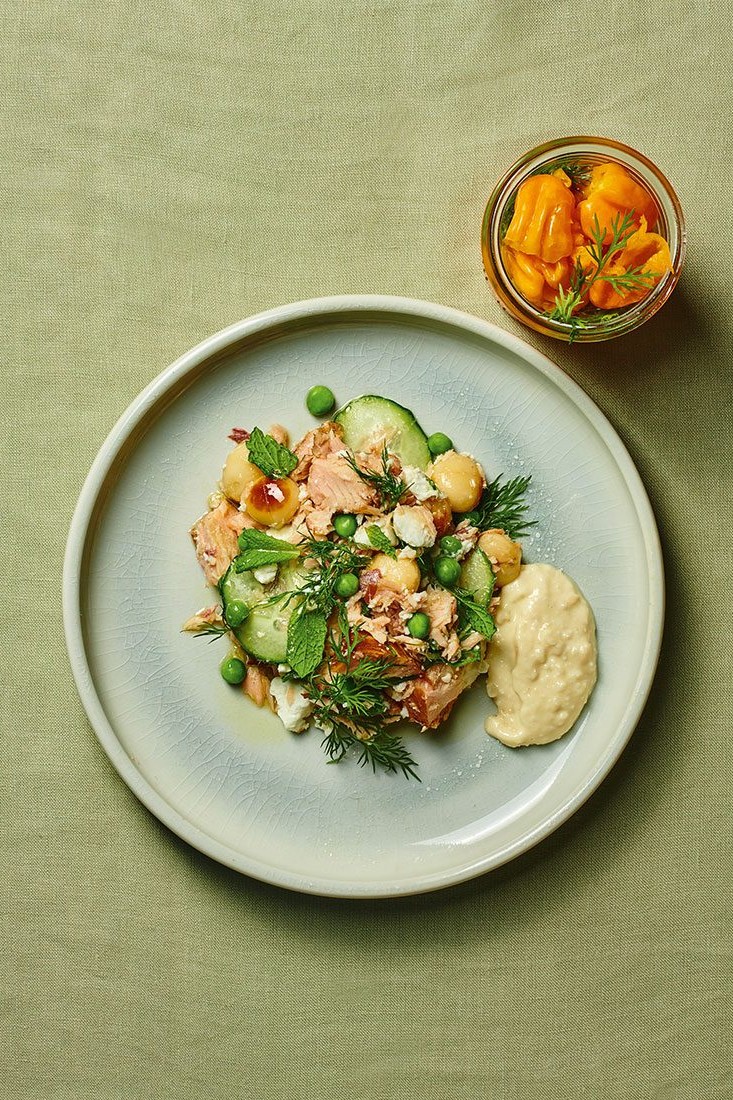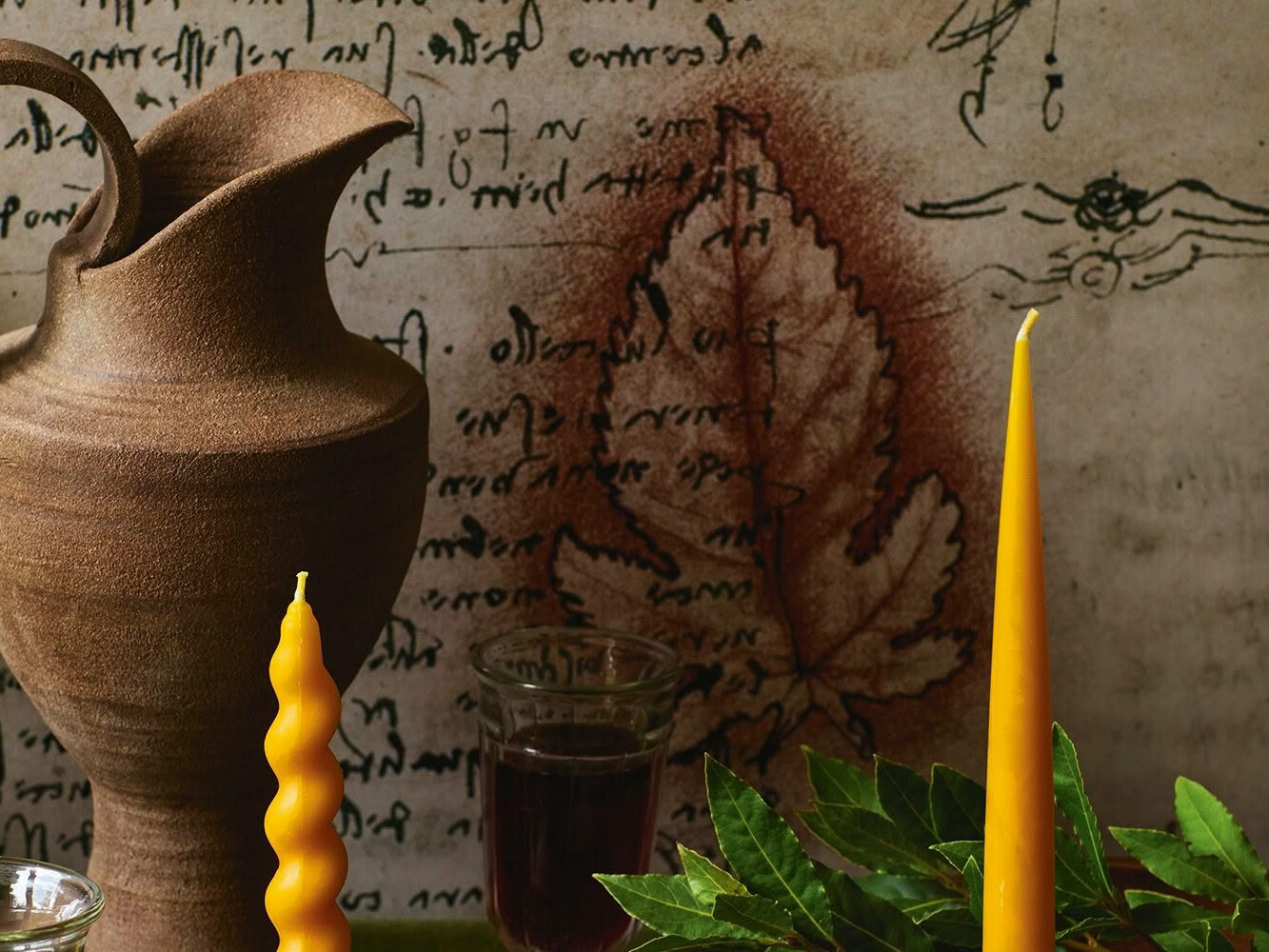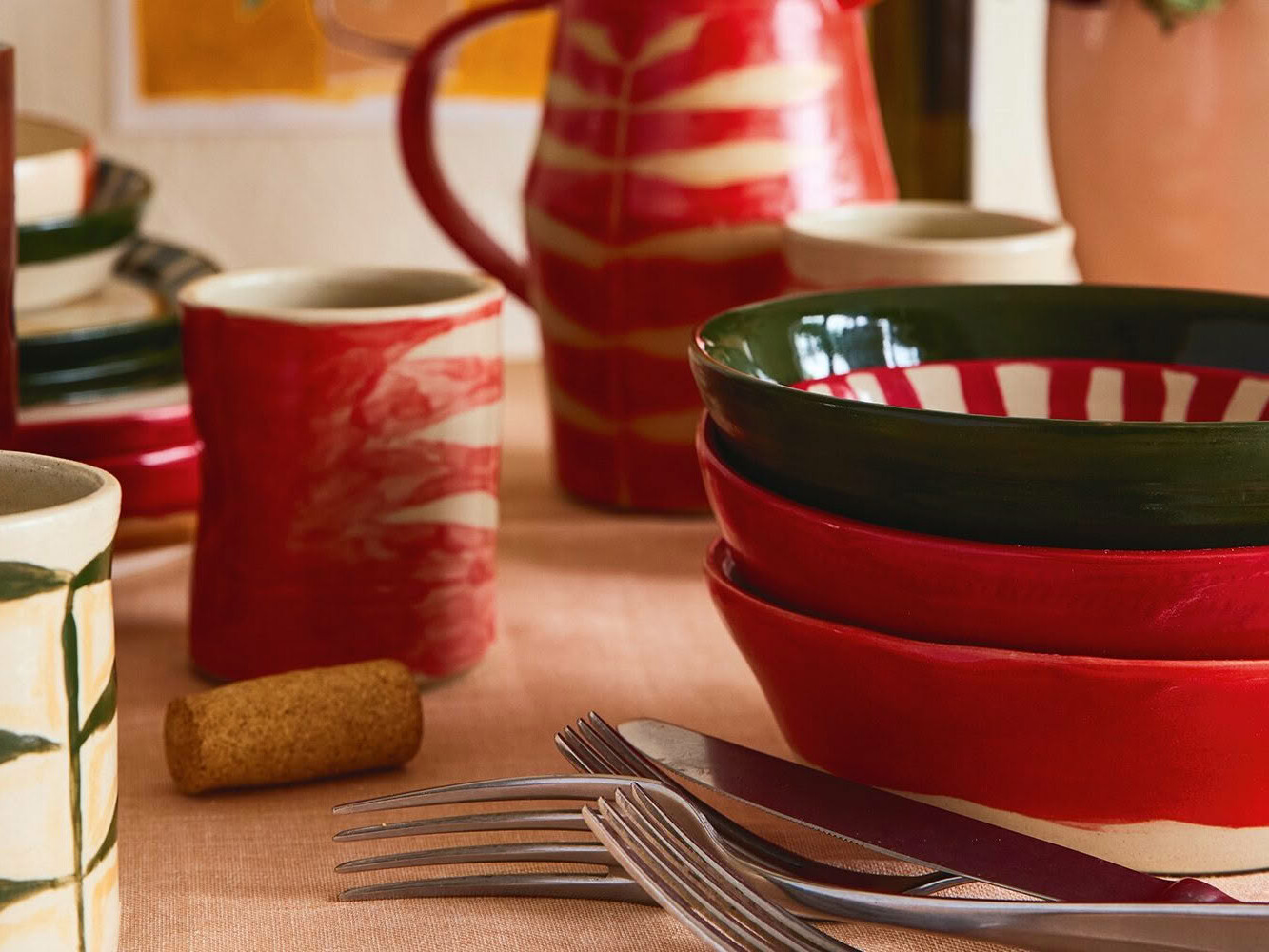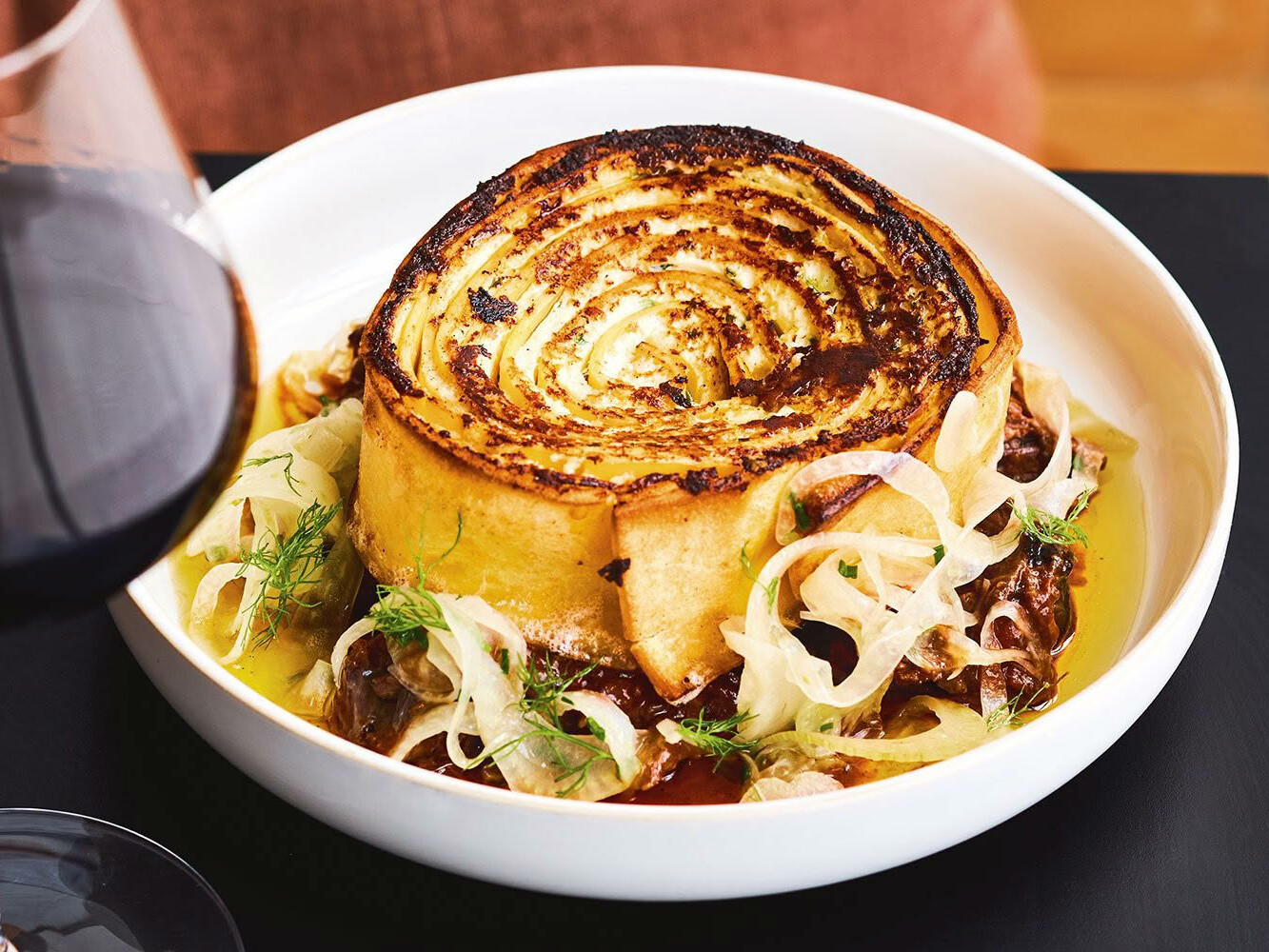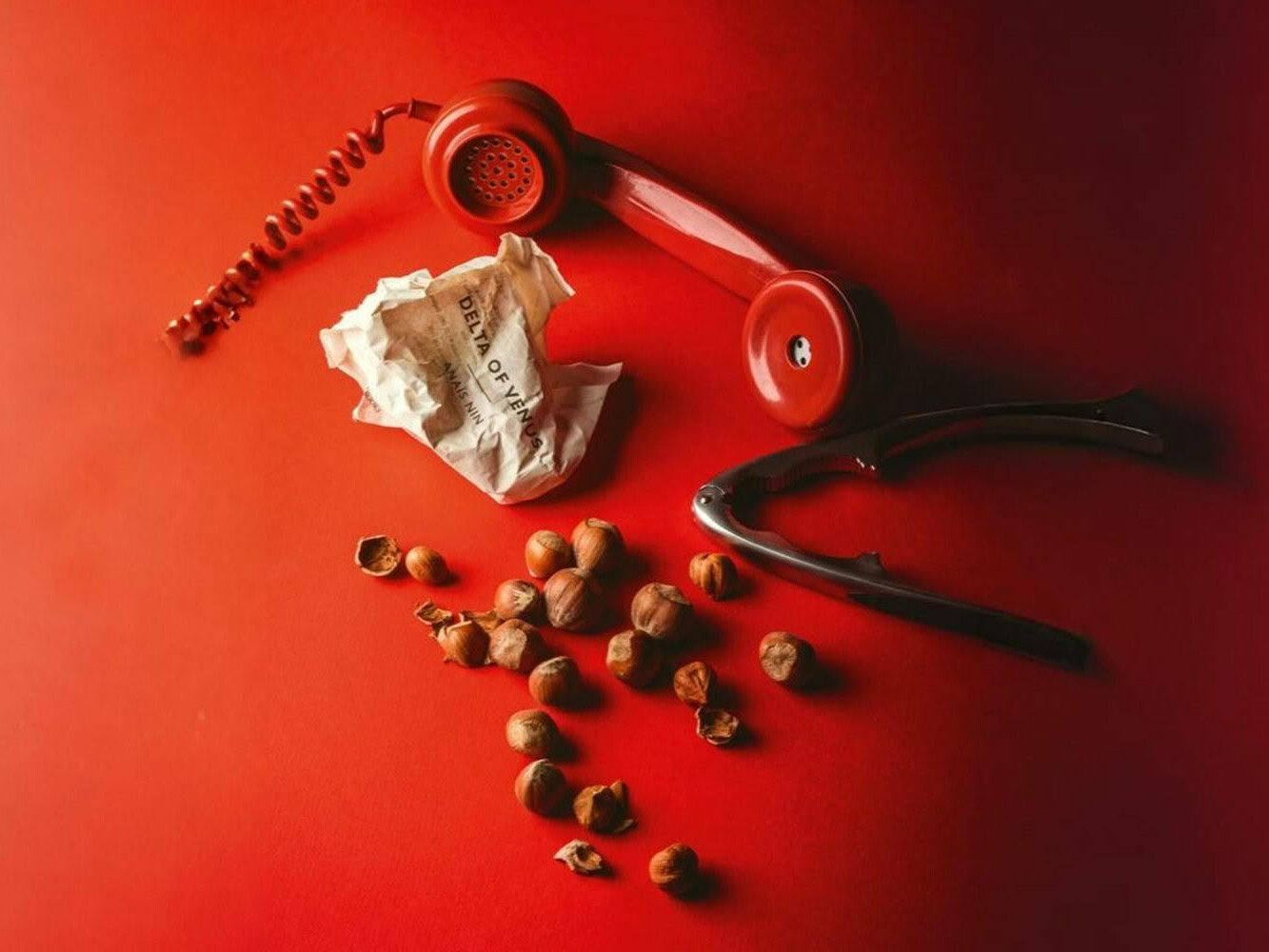A thriving food culture inspires Martin Bosley to celebrate summer Northland-style.
Northland’s food story is an ode to the dream of seasonality and regionality. It tells of fruit ripened to perfection and vegetables bursting with flavour; of cheese that tastes of goodness; and of meat and seafood that have been treated with respect and reverence for the natural wonders of this region. It’s a living, thriving food culture where artisan food is prepared and sold with passion.
James Moore had a simple dream: to make his own salt. He began his journey in his Hamilton backyard with 100 litres of Raglan’s finest seawater. Eight weeks after harvesting that first batch of water he had 3kg of salt. The dream grew, so he, his wife Yasmin and the dog moved north to Taipa and built a salt farm. There he discovered the isolated pristine waters of Puheke Beach, on the Karikari Peninsula, which became the original source for the seawater. Once the water has been collected, it’s a simple process: the sun shines, the water evaporates, the salt is left behind. James has developed a range of flavoured salts, great for grilled meats, marinating seafood or seasoning salads and vegetables. thetaipasaltpig.com
Jeff Cleghorn grows herbicide- and pesticide-free macadamias (and they are hand-picked to avoid ground contamination), just outside Kerikeri. The raw macadamias eaten on their own are rich and buttery, while roasting them intensifies their flavour. Jeff also crushes them into a silky, sweet macadamia butter that is nutritiously addictive when spread on toast. jcnuts.co.nz
Waipu, about halfway between Mangawhai and Ruakākā, is home to Belle Chèvre Creamery. David and Jennifer Rodrigue farm Anglo-Nubian goats in a traditional European manner – the goats wear bells and roam freely, choosing what they want to eat from a variety of pasture and shrubs. Because of this and small-batch processing, the milk and therefore the cheeses have no barnyard ‘goaty’ taste, making them perfect for salads. bellechevrecreamery.co.nz
The last time I visited a smokehouse, the woodsy smell from the tar- blackened walls and rows of legs of ham hanging inside stayed with me for days. Nothing says ‘comfort food’ so well as smoked food. Hamish and Nichola Apatu operate their smokehouse from the small settlement of Coopers Beach, north of Mangōnui. They take great pride in their role as kaitiaki of the sea and their range of smoked seafood uses only the freshest fish, which they catch themselves using longlines. It’s a sea-to-smokehouse story, a true labour of love. Kingfish, trevally, kahawai and others are hot smoked to the colour of tarnished bronze, the flesh just falling away from the bones, the oils gently running. This is fish turned into something assertively hefty, rich and regal. apatuaqua.co.nz
I have a chilli memory that brings me no pleasure. I was rifling through a box of pretty, almost pastel-coloured capsicums and came across one so gorgeously small and perfectly formed, I just had to eat it. I imagined its sweetness as I bit through its golden skin and sucked on the juices as they burst across my tongue; I formed a perfect seal with my lips against the membranes to avoid losing any. In the time it took for the pain receptors in my mouth to tell my brain I had just eaten something hot, my heart rate went through the roof and I felt sure I was about to become permanently blind or insane: I had a eaten a habanero, one of the hottest chillies in the world. I am surprised I am still alive. Some people, like Clint Meyer from Fire Dragon Chillies, get a buzz from this masochistic endorphin rush, so much so that he grows his own organic, spray-free habaneros and other chillies near the Hokianga Harbour, and makes a range of sauces of varying spice levels that will either whip or kiss your lips. firedragonchillies.co.nz

